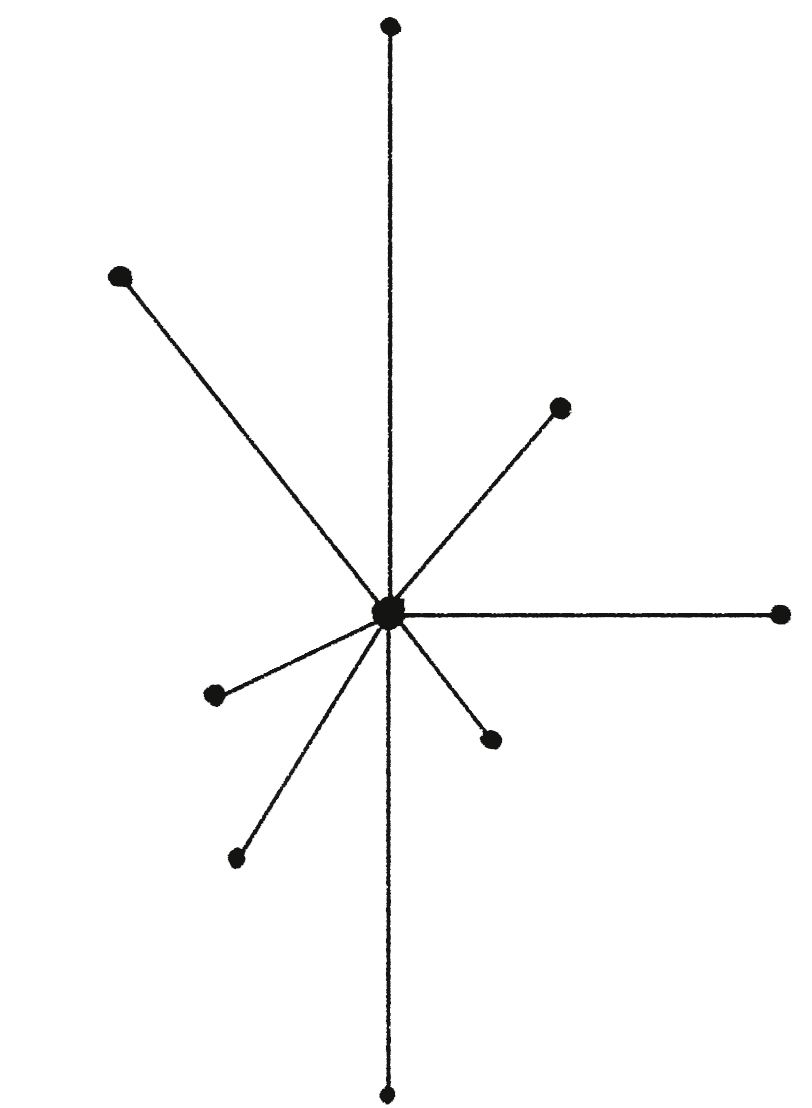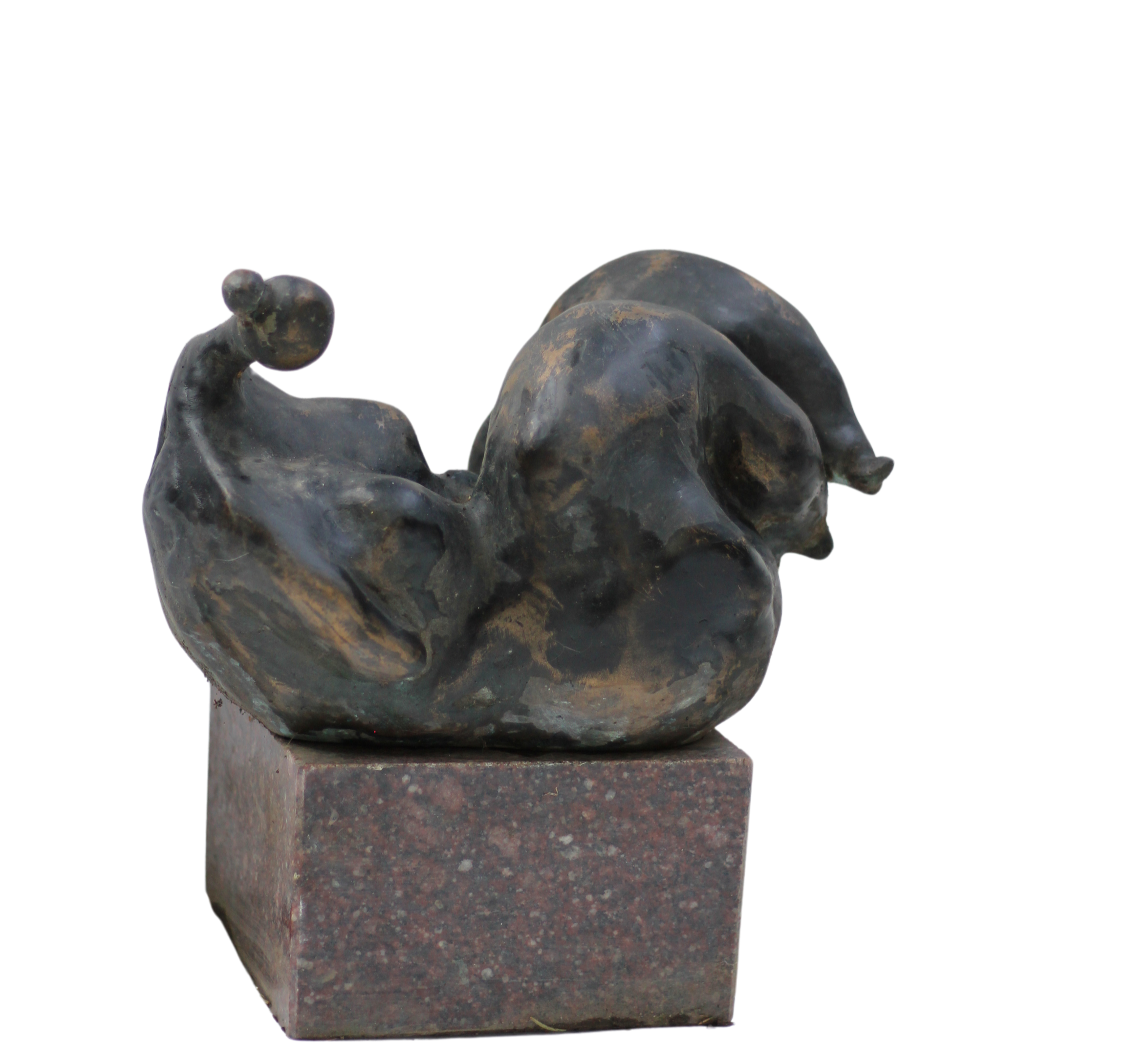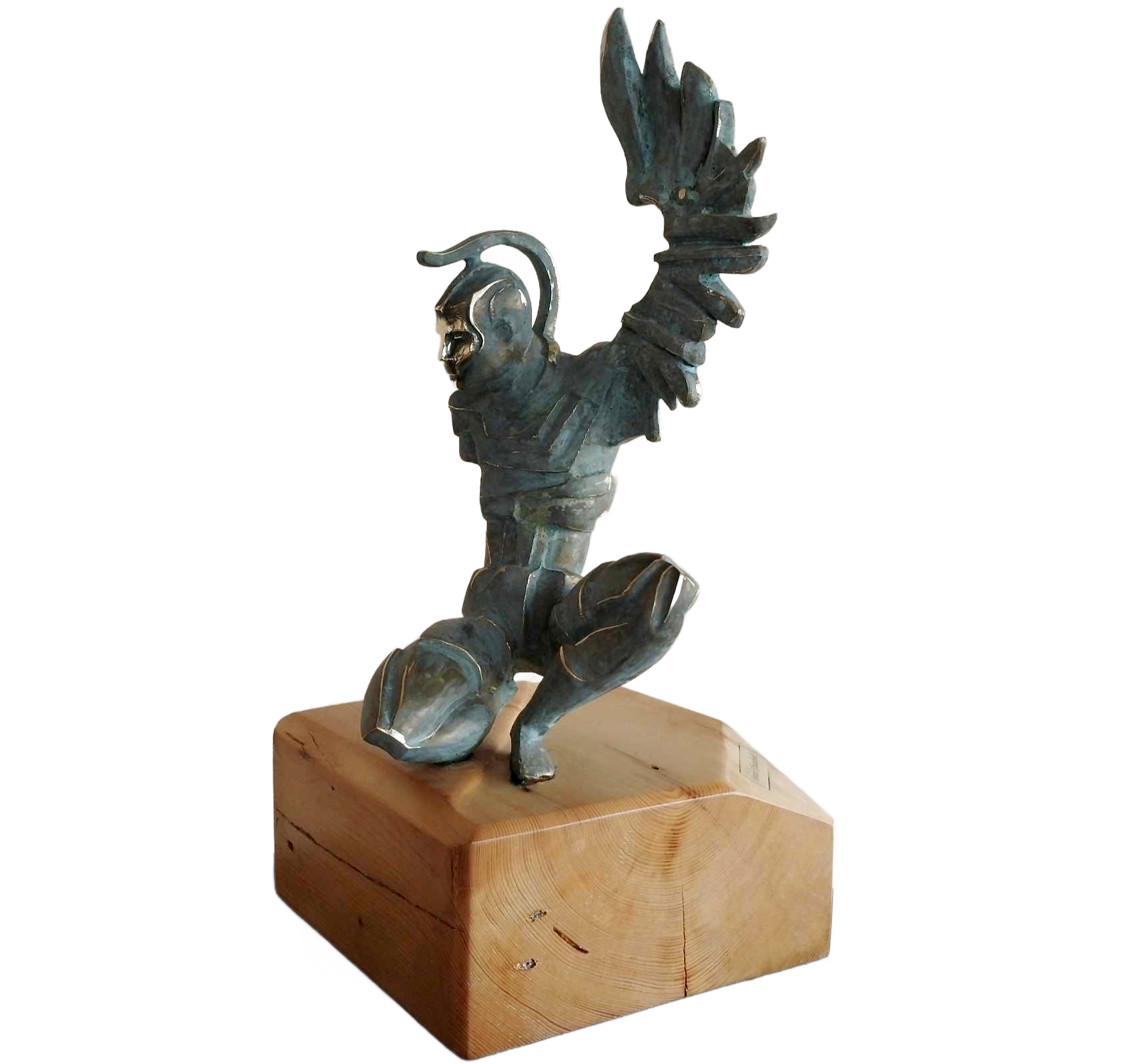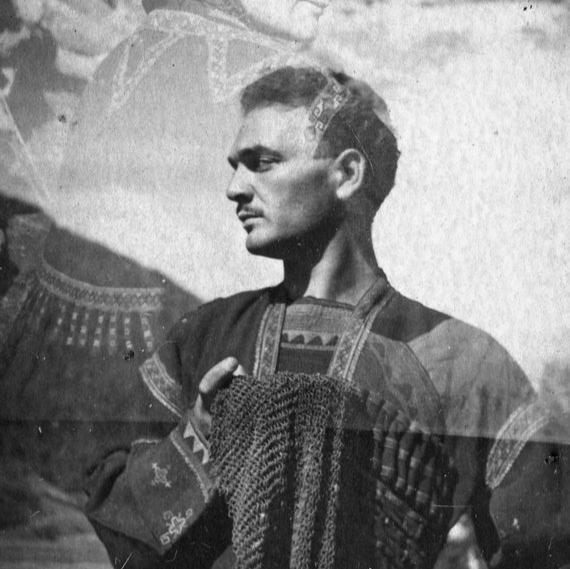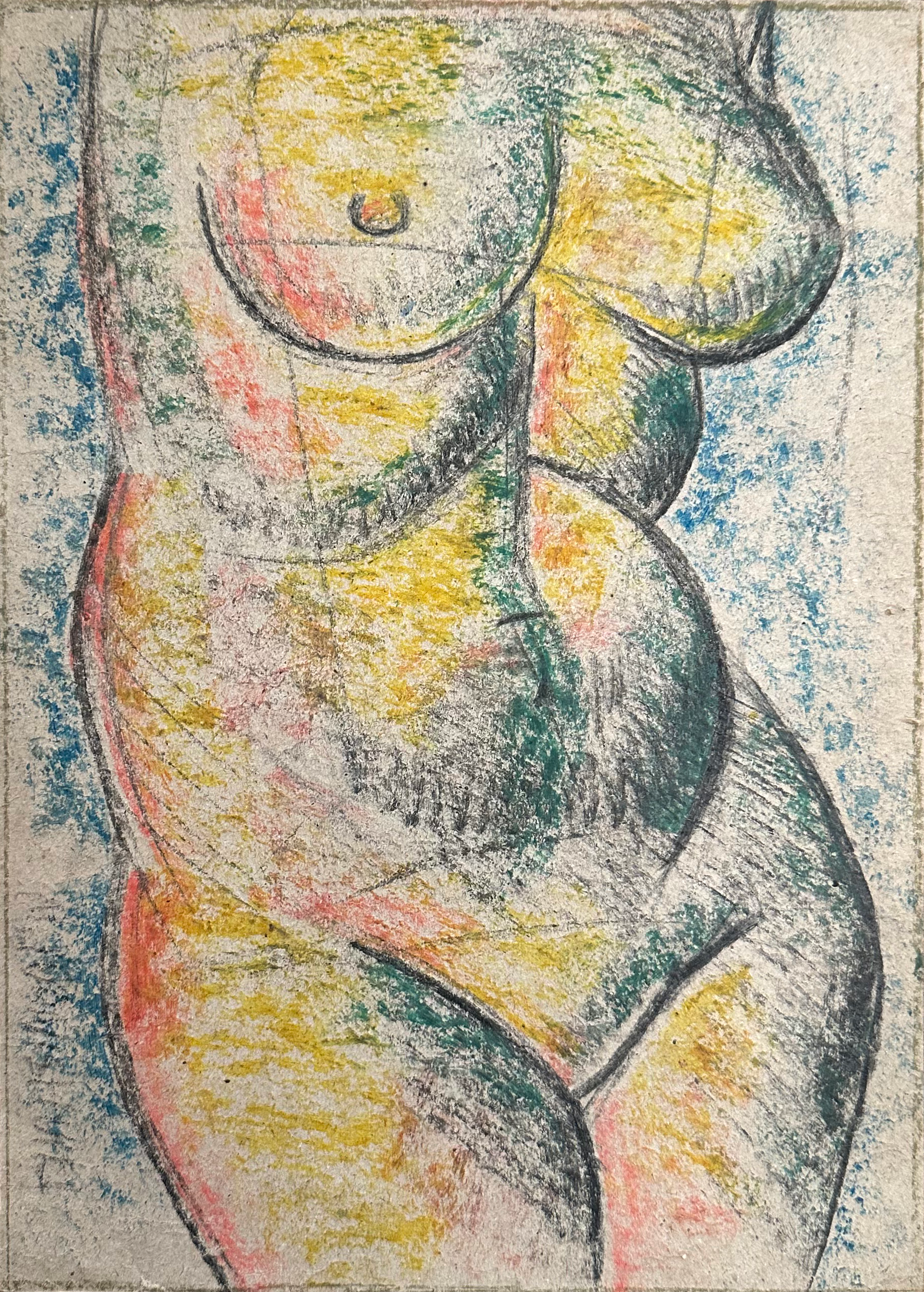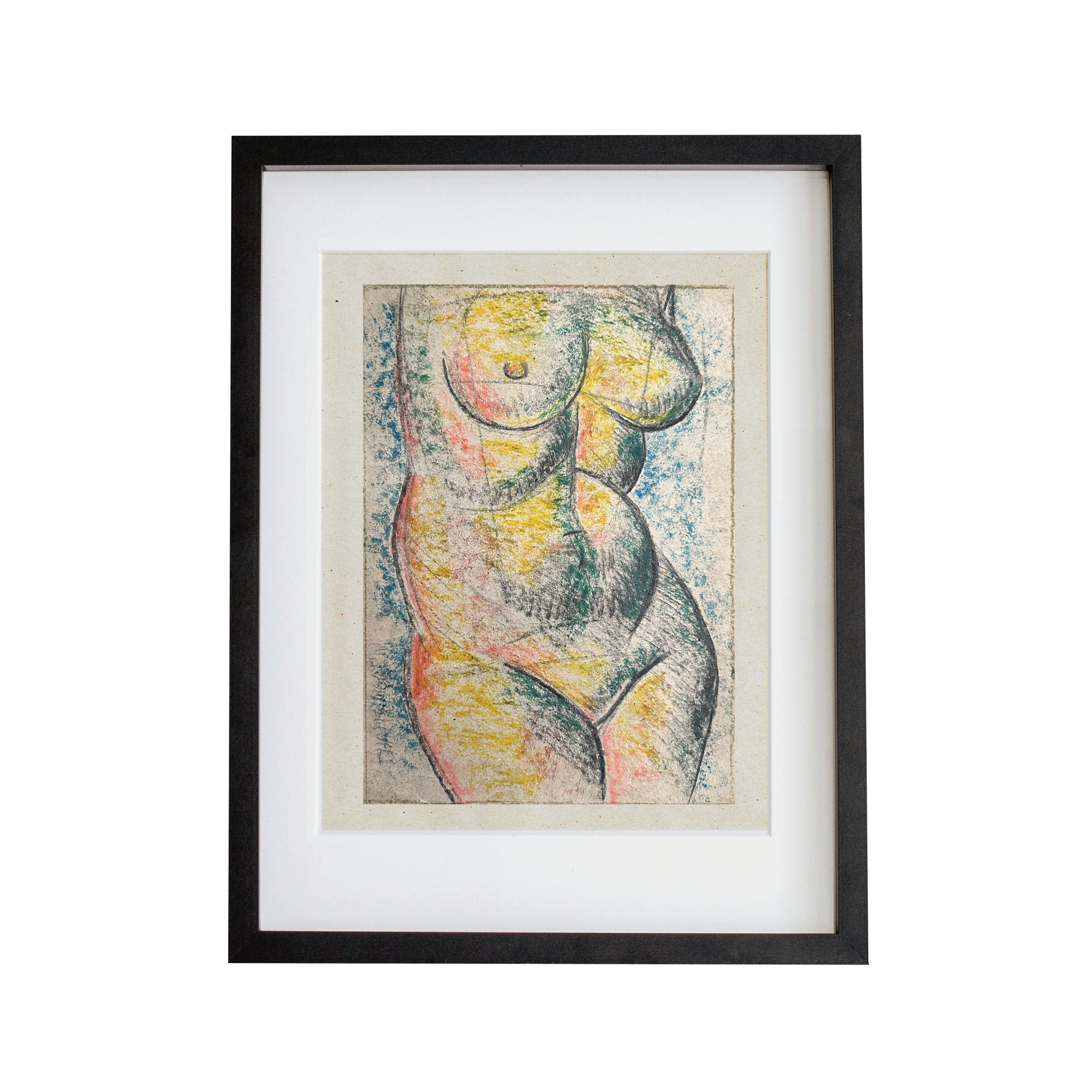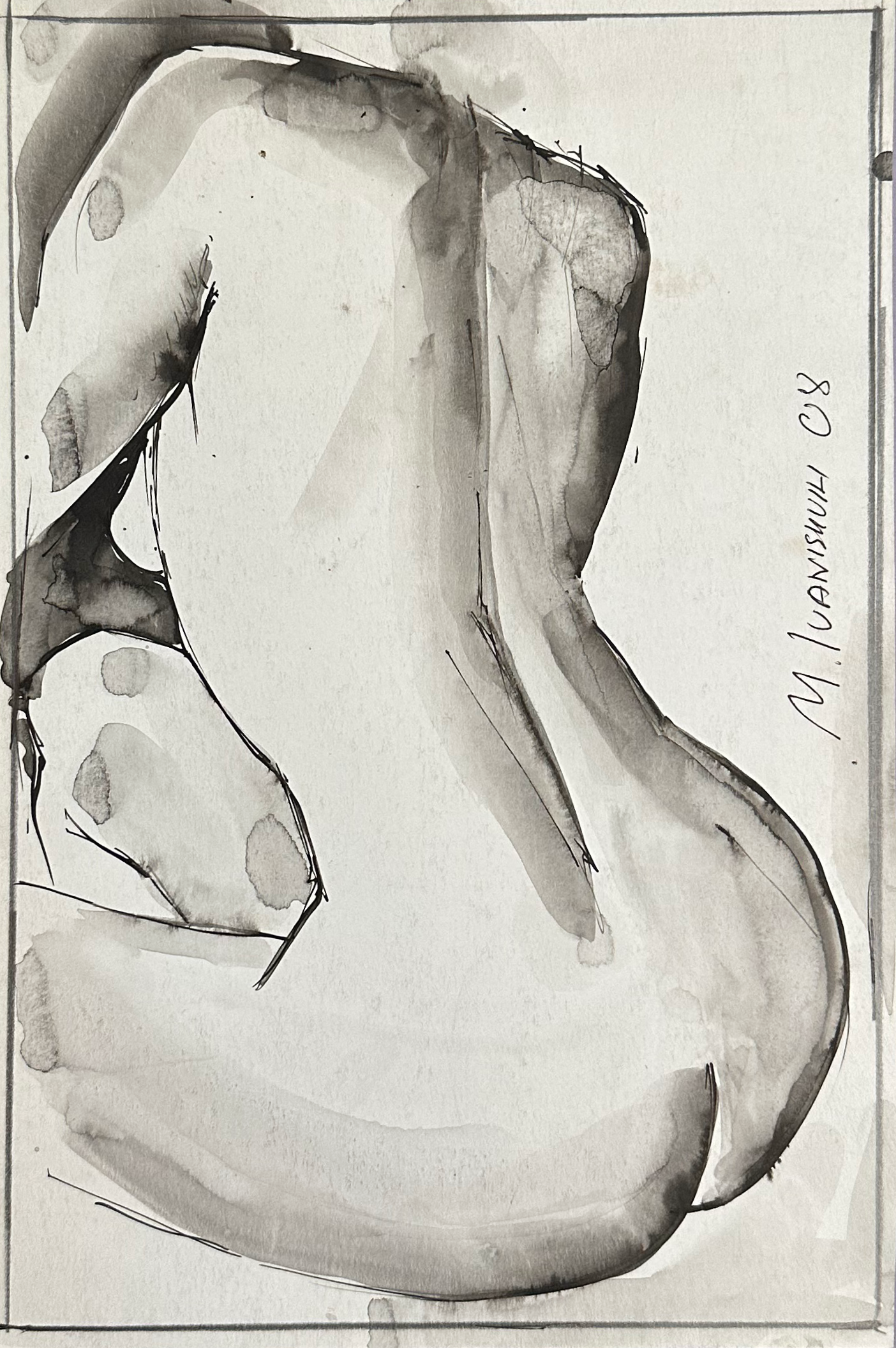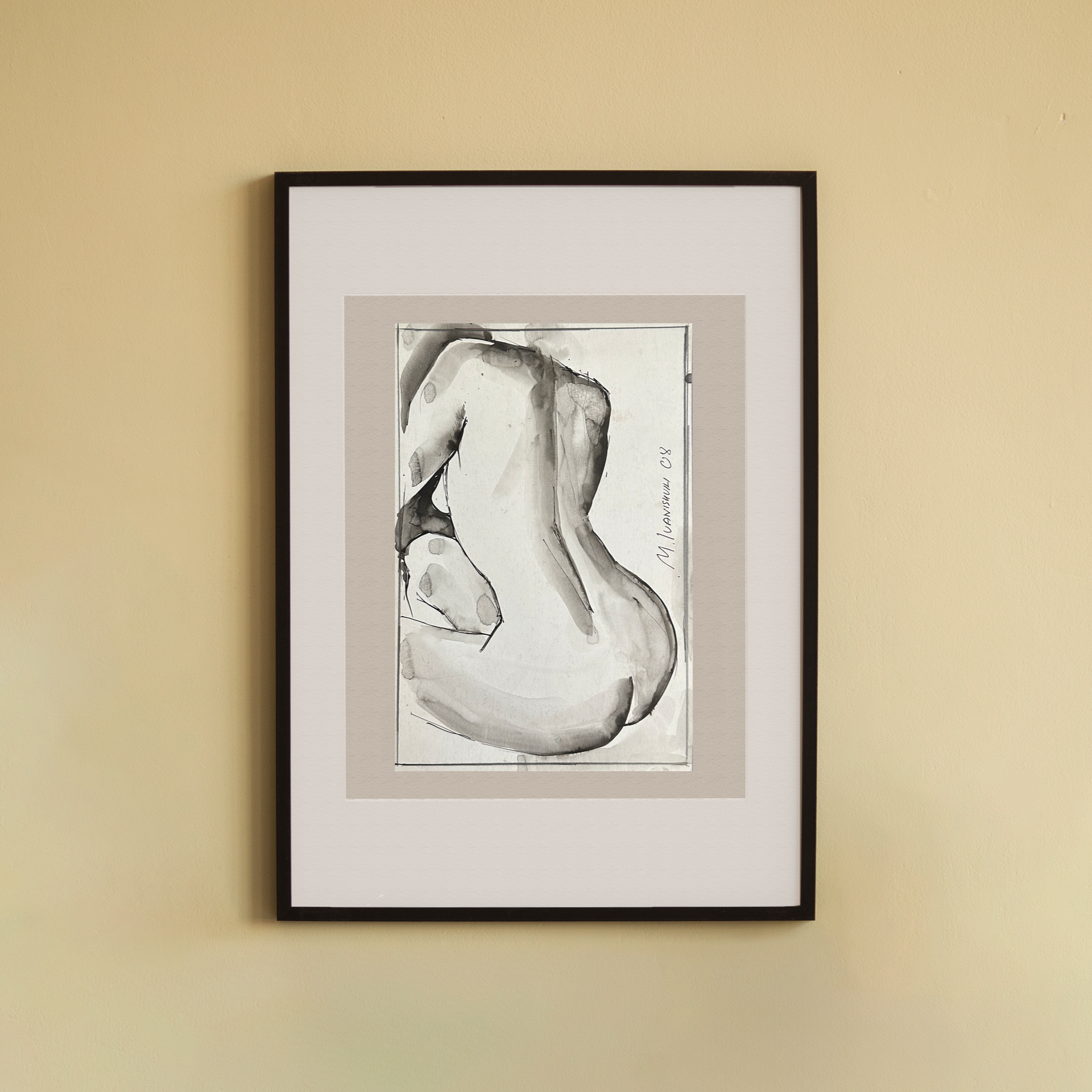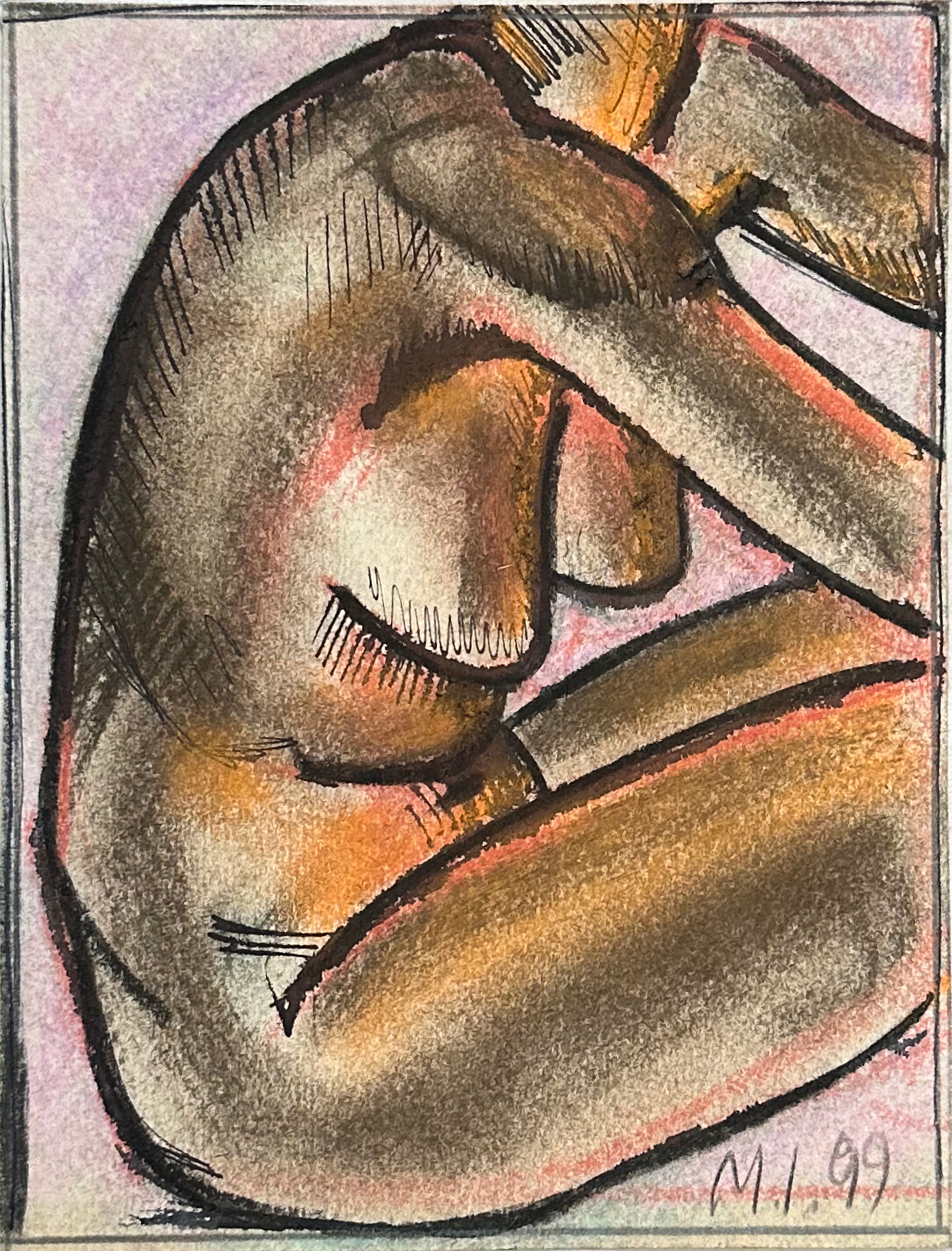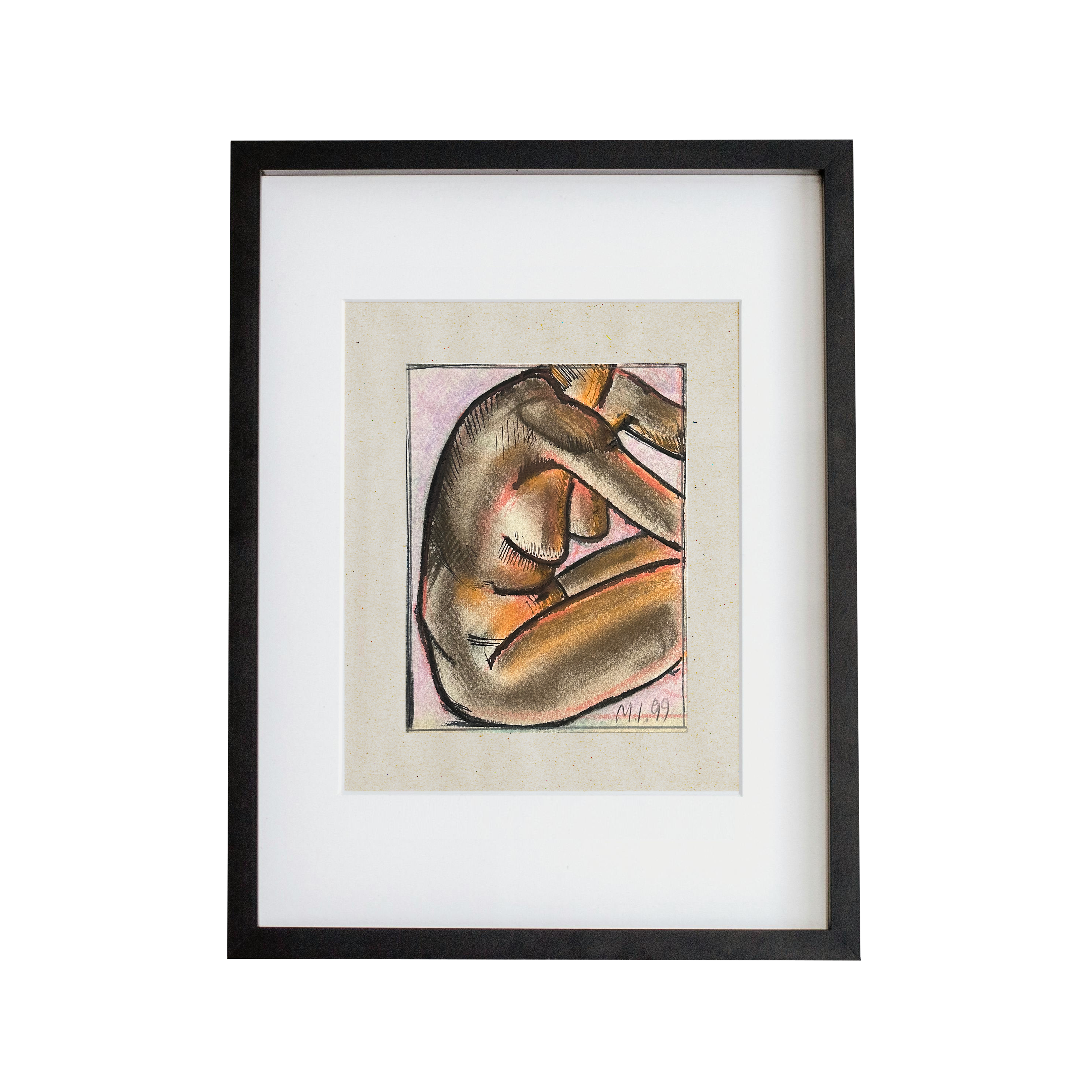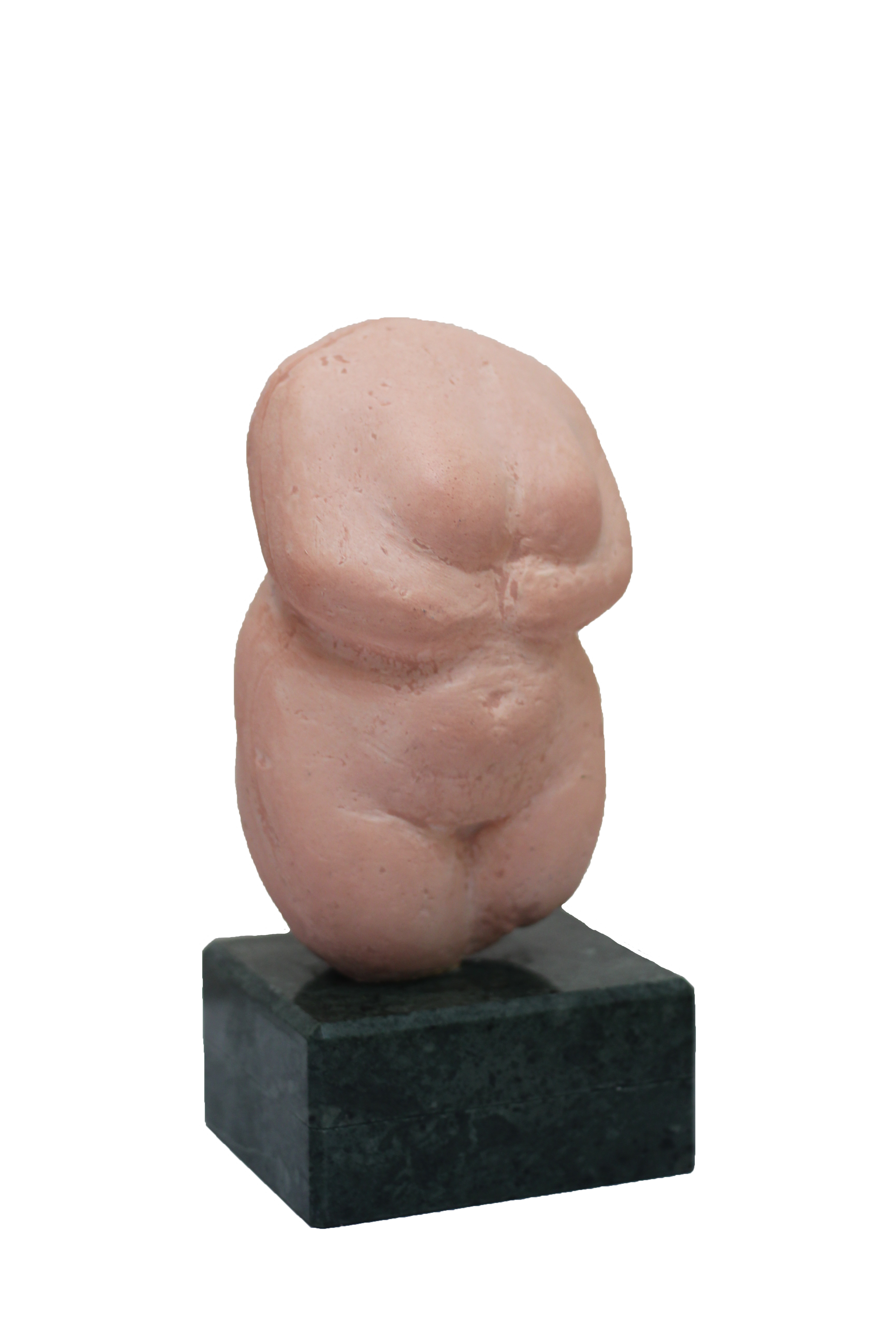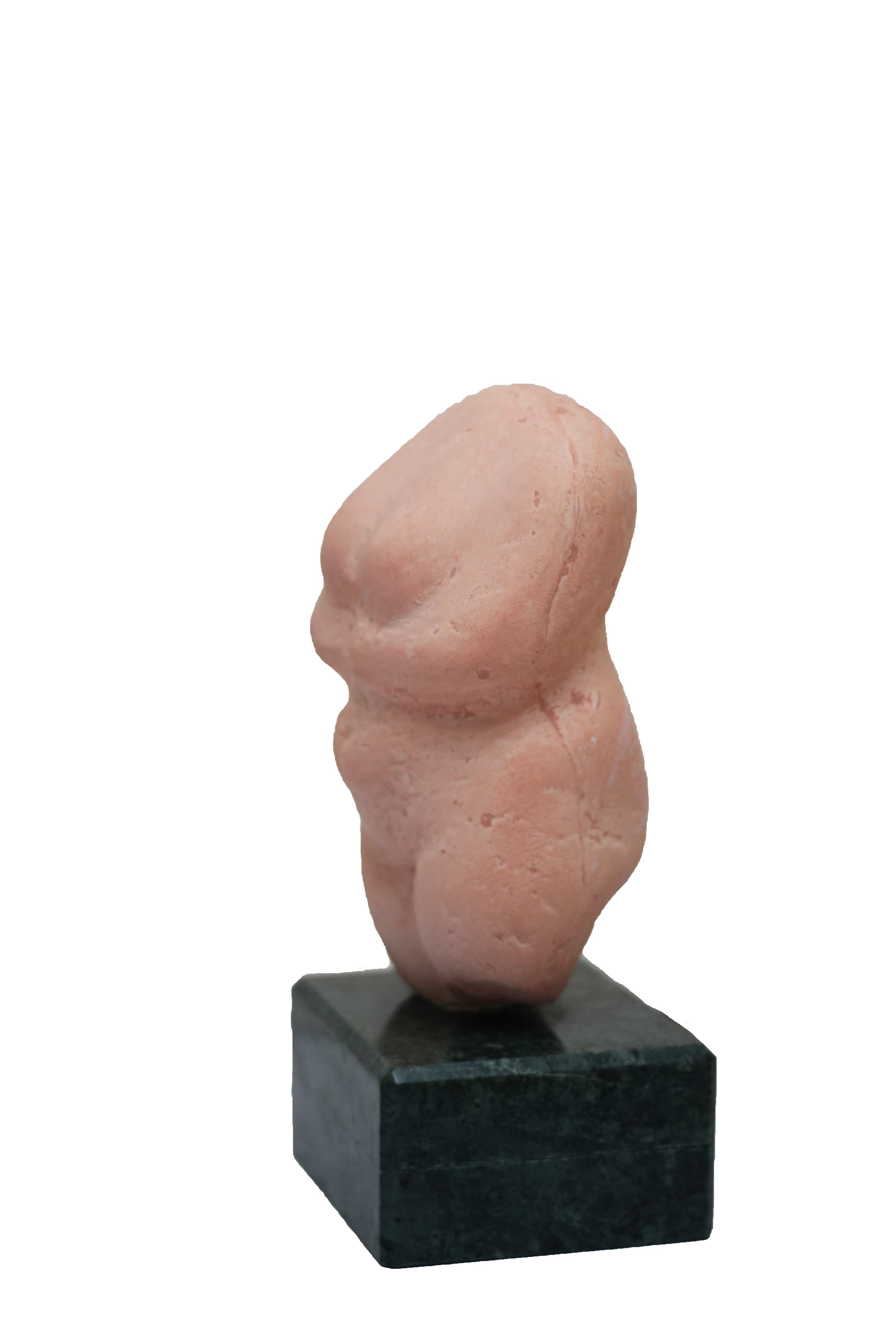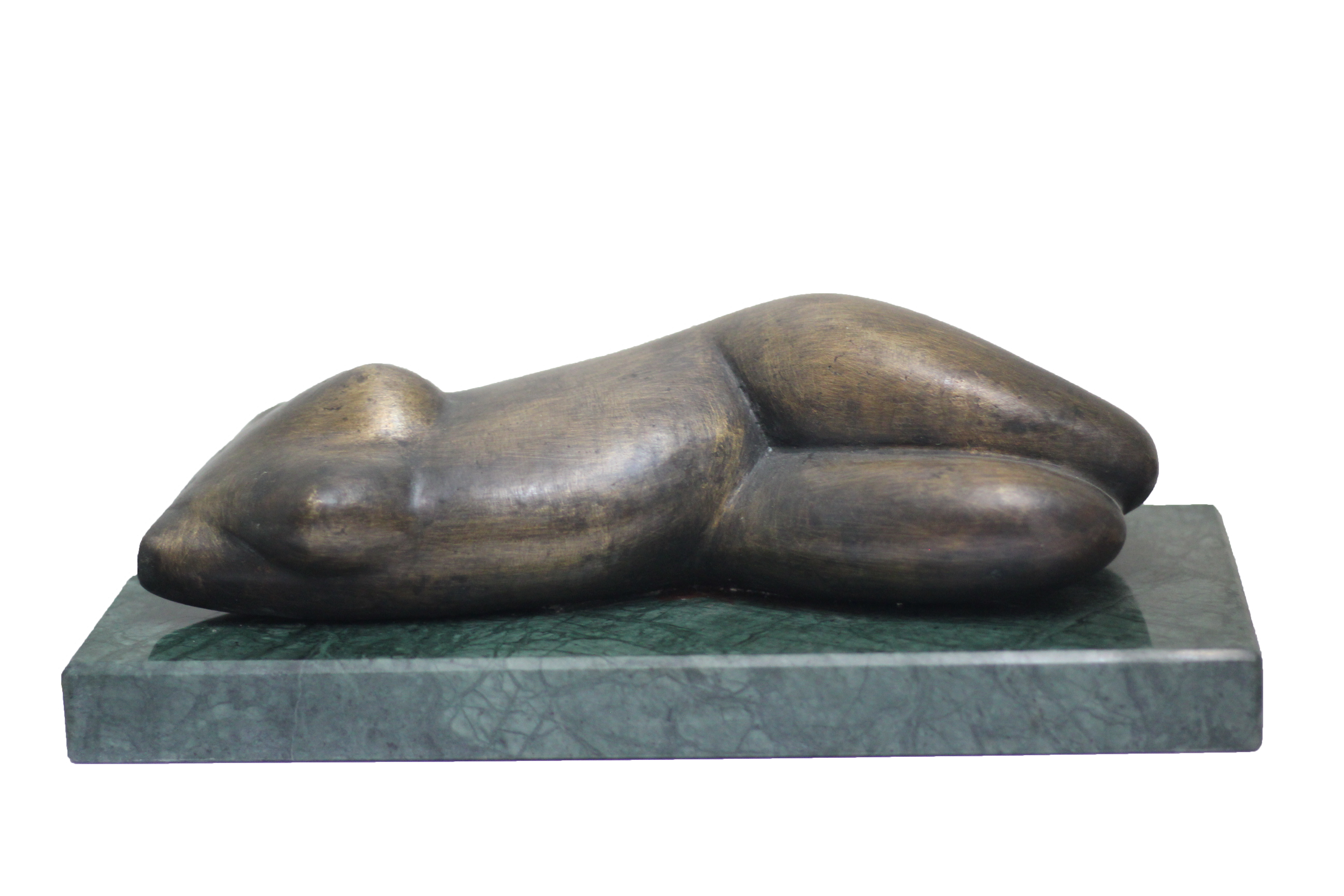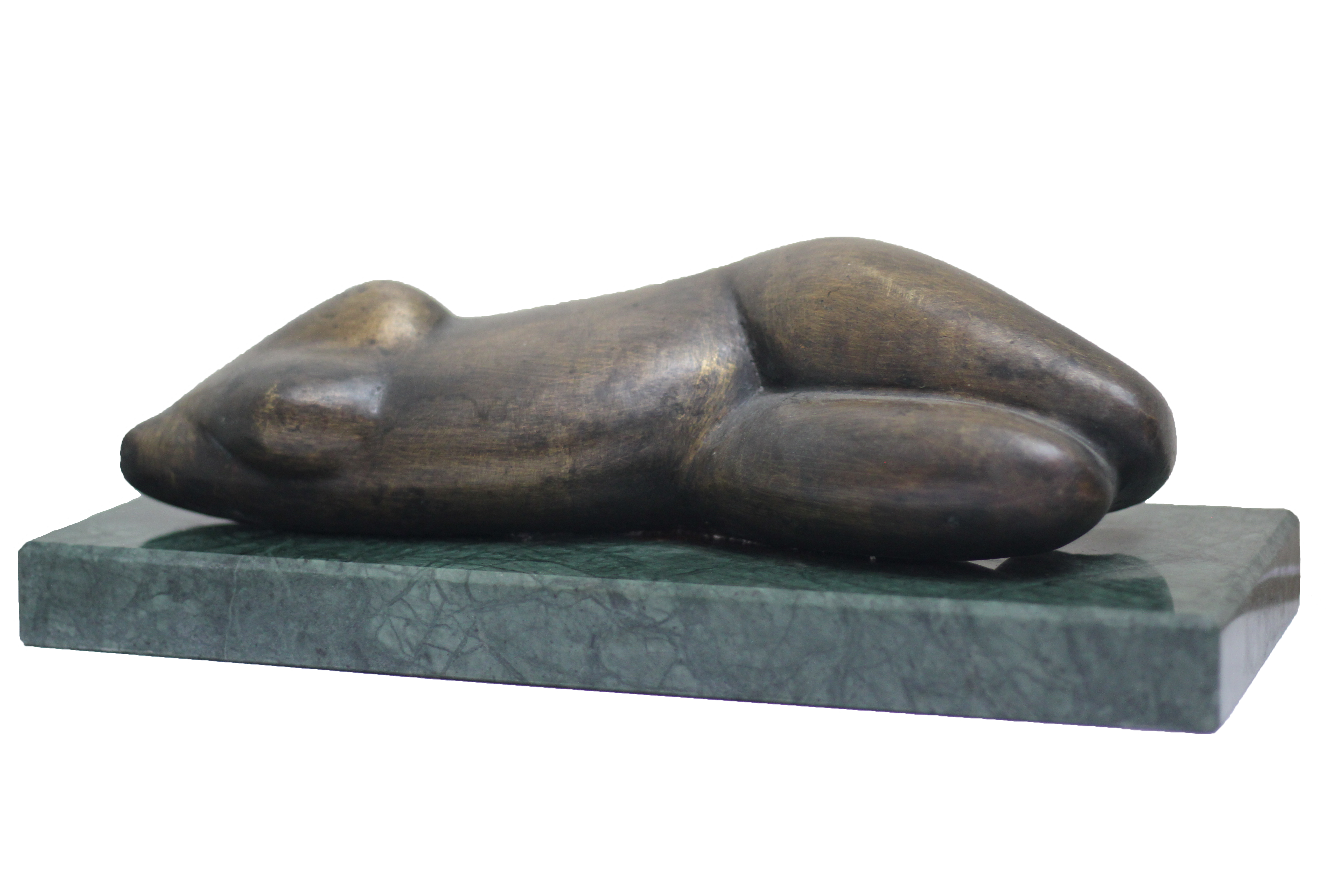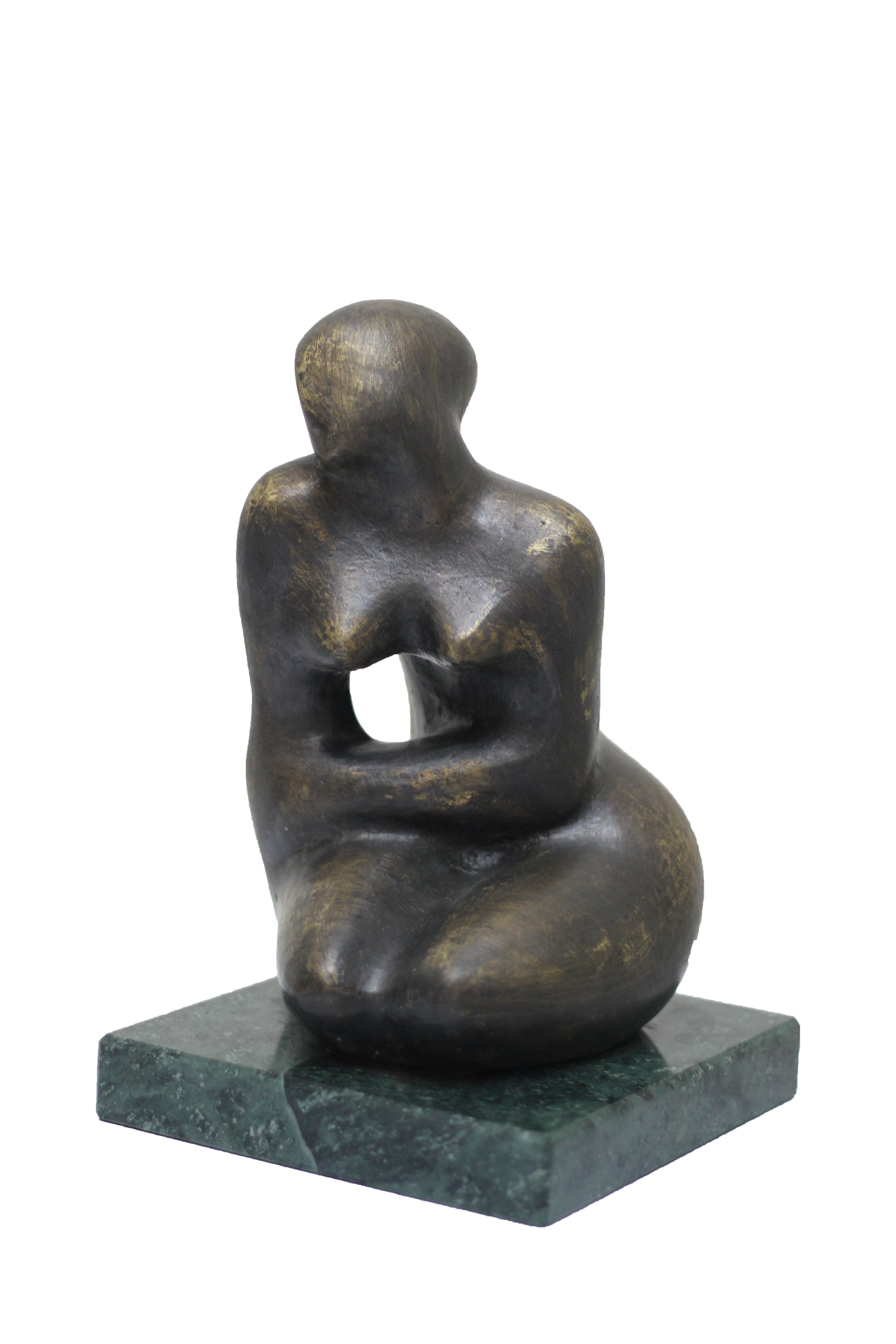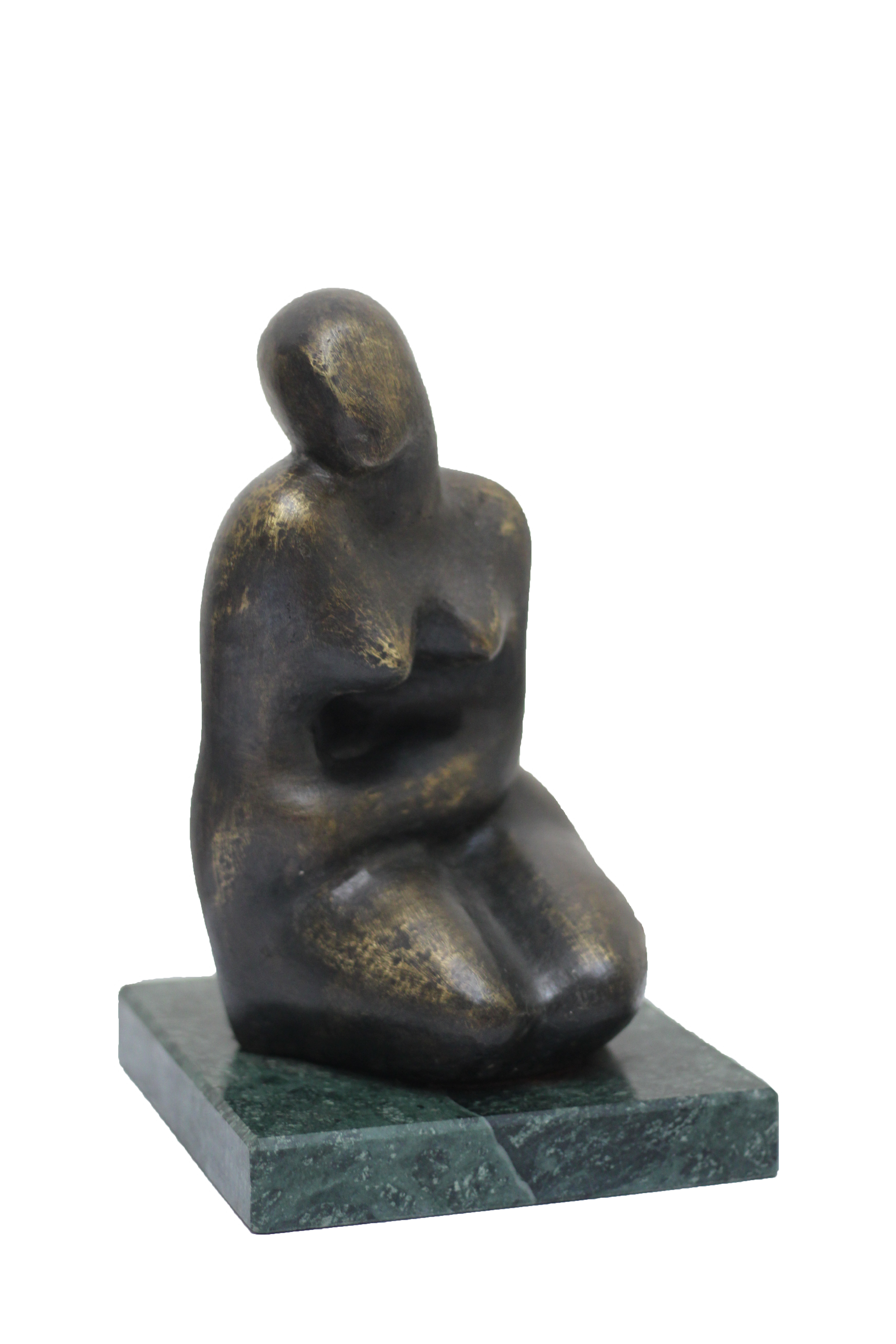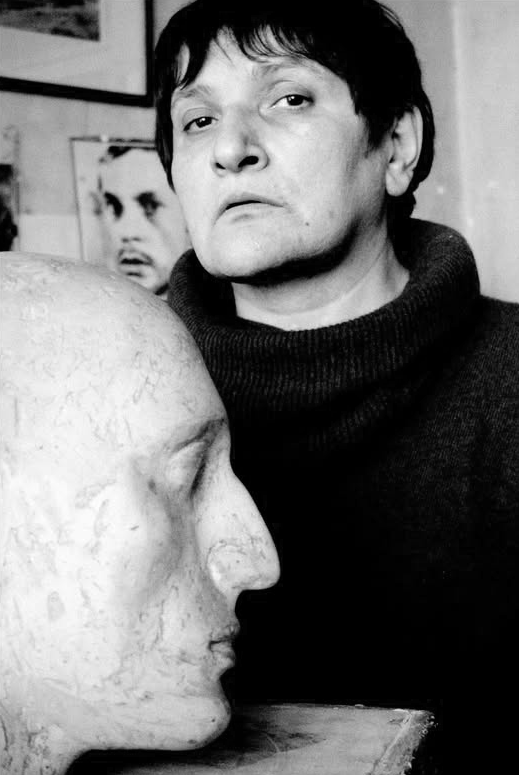
Marine (Marina) Ivanishvili (1952–2025) was a multifaceted Georgian artist—a sculptor, graphic artist, painter, publicist, and educator—whose creative and academic legacy left a lasting impact on Georgian culture. She graduated from the Sculpture Faculty of the Tbilisi State Academy of Arts in 1976.
Over the course of her career, she held various influential positions in the Georgian art world. These included serving as a member of the Mtskheta Archaeological Expedition (1976–1977), Secretary of the Sculpture Section at the Georgian Artists’ Union (1987–1988), and Head of the children’s sculpture studio at the Artist’s House (1986–1989). From 2001, she also contributed as a consultant to the electronic art catalogue ART.ge. In recognition of her artistic achievements, she was awarded the Georgian State Prize in 1983.
In addition to visual art, Ivanishvili authored articles, essays, and fiction, including the novels The Killer’s Notebook (1998) and White Space (2000), and she wrote the script for the 1985 film Expectation. Her literary and visual works reflect a deeply personal engagement with existential, cultural, and feminist themes.
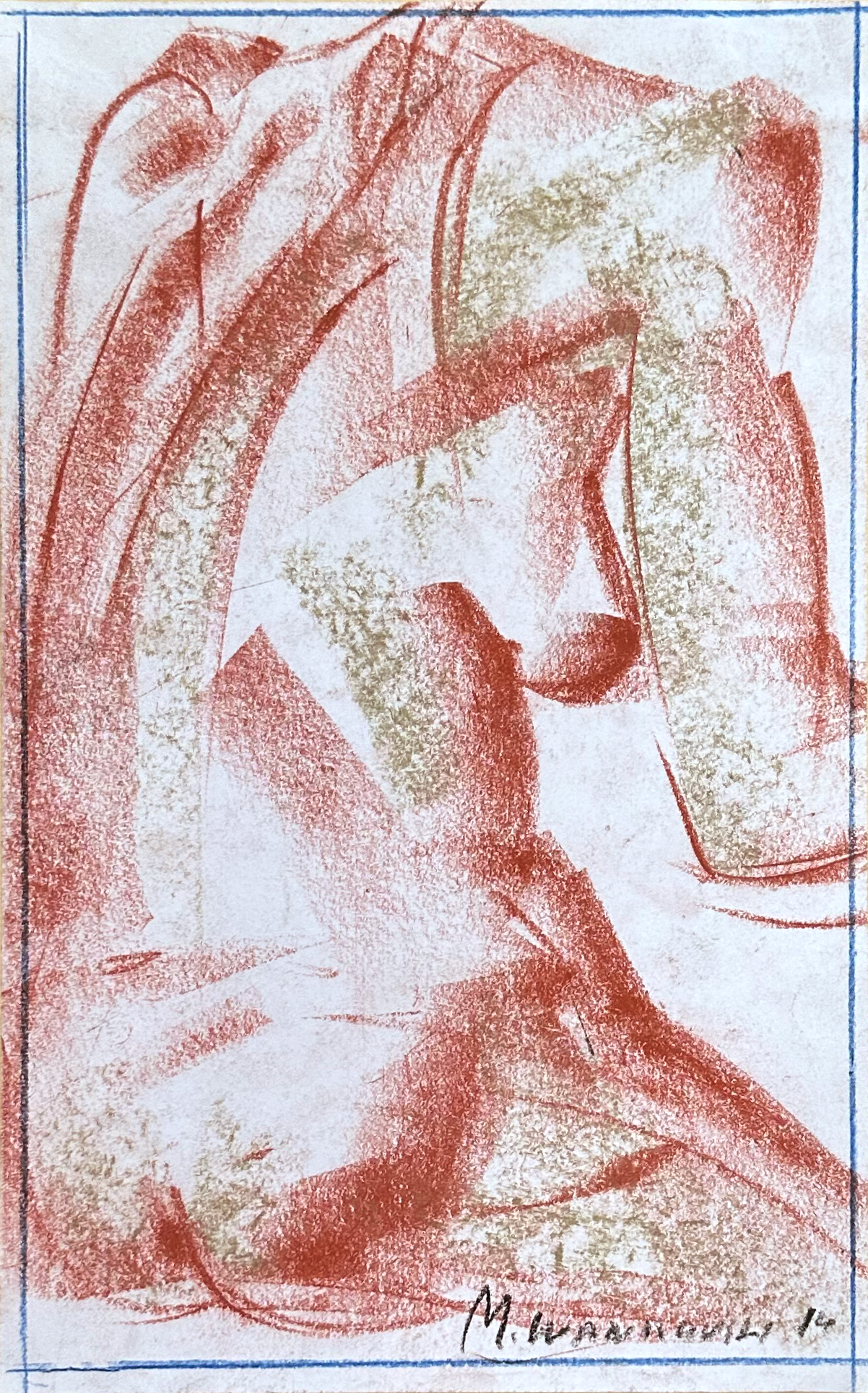
Ivanishvili’s work traverses sculpture, drawing, and printmaking, often marked by a modernist sensibility and powerful emotional resonance. Her preferred subjects included human torsos, horses, and bulls—motifs that conveyed strength, tension, and transformation. She is recognized as the first female artist in Georgia, after Elene Akhvlediani, to create graphic series with erotic content, but her treatment of the nude body transcended eroticism, portraying the human form as a vessel of spiritual and philosophical meaning.
Her sculptures, although often small in scale, are monumental in concept and form. They embody a deep understanding of balance, volume, and spatial tension, often achieving a delicate synthesis of dynamic movement and architectural clarity. In graphics, she employed techniques such as charcoal, sanguine, chalk, and pastel on paper or cardboard to create works rich in texture and emotional depth. Even in animalistic graphics, her formal precision and expressive energy are evident—especially in her masterful depictions of bulls and horses.
Ivanishvili’s artistic voice was uncompromising, intellectual, and driven by a strong personal vision that resisted ideological clichés. Her work combined a classical understanding of form with modern exploration, often focusing on the body as a sacred and expressive site.
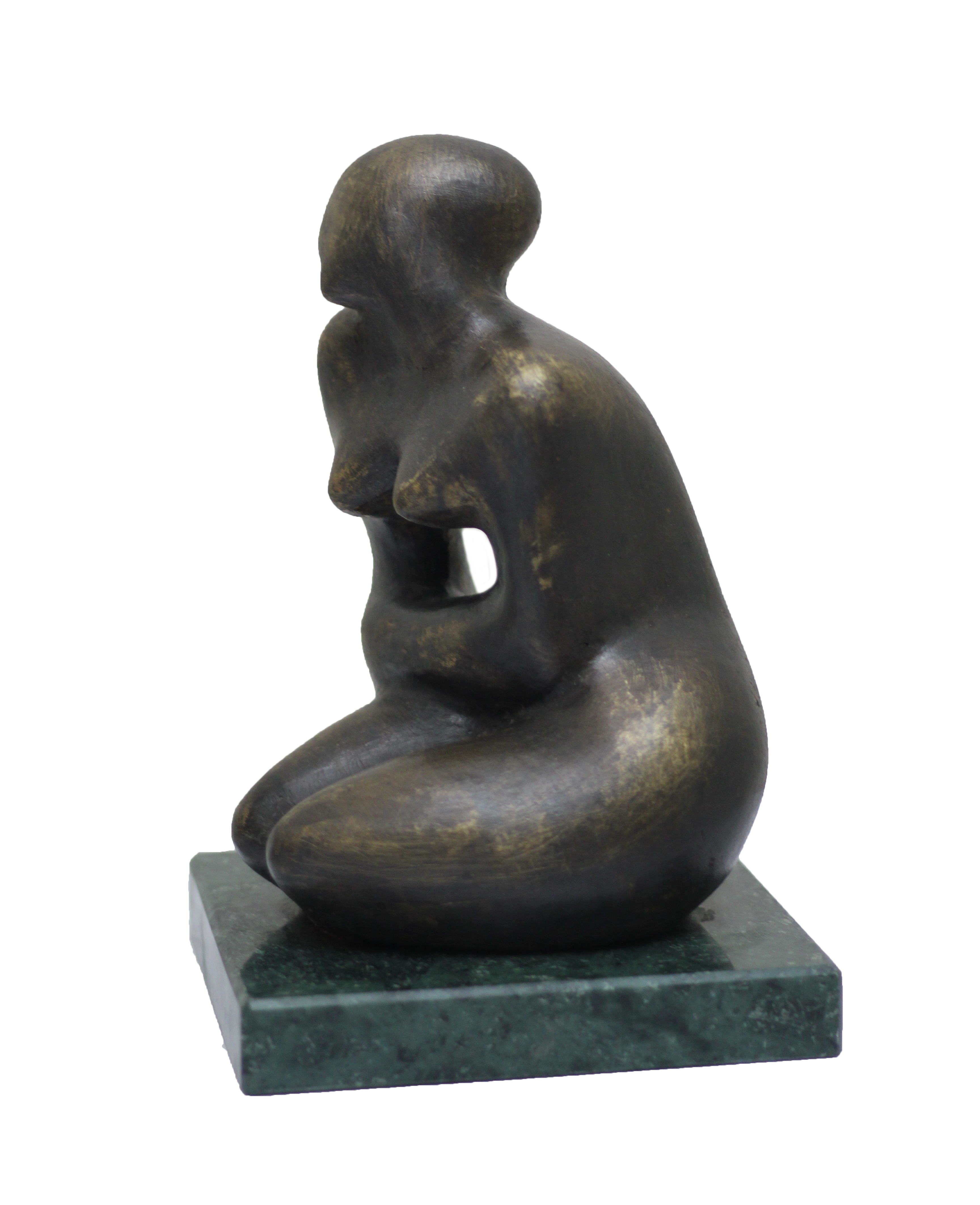
Marine Ivanishvili participated in over 150 exhibitions both in Georgia and internationally. Notable solo exhibitions include:
- Women’s Cultural Center, Hamburg (1991)
- National Public Library, Tbilisi (1997)
- Institut Français, Paris (2021)
Her work was also featured in the competition for the Didgori Memorial in 1985, where her sculptural entry, designed with architect Temur Jorjadze, won third prize. Additionally, her sculptures and graphic works are held in the collections of the Shalva Amiranashvili Museum of Fine Arts, the Art Palace of Georgia, Soviet-era cultural foundations, and numerous private collections.
Marine (Marina) Ivanishvili (1952–2025) was a multifaceted Georgian artist—a sculptor, graphic artist, painter, publicist, and educator—whose creative and academic legacy left a lasting impact on Georgian culture. She graduated from the Sculpture Faculty of the Tbilisi State Academy of Arts in 1976.
Over the course of her career, she held various influential positions in the Georgian art world. These included serving as a member of the Mtskheta Archaeological Expedition (1976–1977), Secretary of the Sculpture Section at the Georgian Artists’ Union (1987–1988), and Head of the children’s sculpture studio at the Artist’s House (1986–1989). From 2001, she also contributed as a consultant to the electronic art catalogue ART.ge. In recognition of her artistic achievements, she was awarded the Georgian State Prize in 1983.
In addition to visual art, Ivanishvili authored articles, essays, and fiction, including the novels The Killer’s Notebook (1998) and White Space (2000), and she wrote the script for the 1985 film Expectation. Her literary and visual works reflect a deeply personal engagement with existential, cultural, and feminist themes.
Ivanishvili’s work traverses sculpture, drawing, and printmaking, often marked by a modernist sensibility and powerful emotional resonance. Her preferred subjects included human torsos, horses, and bulls—motifs that conveyed strength, tension, and transformation. She is recognized as the first female artist in Georgia, after Elene Akhvlediani, to create graphic series with erotic content, but her treatment of the nude body transcended eroticism, portraying the human form as a vessel of spiritual and philosophical meaning.
Her sculptures, although often small in scale, are monumental in concept and form. They embody a deep understanding of balance, volume, and spatial tension, often achieving a delicate synthesis of dynamic movement and architectural clarity. In graphics, she employed techniques such as charcoal, sanguine, chalk, and pastel on paper or cardboard to create works rich in texture and emotional depth. Even in animalistic graphics, her formal precision and expressive energy are evident—especially in her masterful depictions of bulls and horses.
Ivanishvili’s artistic voice was uncompromising, intellectual, and driven by a strong personal vision that resisted ideological clichés. Her work combined a classical understanding of form with modern exploration, often focusing on the body as a sacred and expressive site.
Marine Ivanishvili participated in over 150 exhibitions both in Georgia and internationally. Notable solo exhibitions include:
- Women’s Cultural Center, Hamburg (1991)
- National Public Library, Tbilisi (1997)
- Institut Français, Paris (2021)
Her work was also featured in the competition for the Didgori Memorial in 1985, where her sculptural entry, designed with architect Temur Jorjadze, won third prize. Additionally, her sculptures and graphic works are held in the collections of the Shalva Amiranashvili Museum of Fine Arts, the Art Palace of Georgia, Soviet-era cultural foundations, and numerous private collections.



